



🔗 Read the full article:
www.nature.com/articles/s41...

🔗 Read the full article:
www.nature.com/articles/s41...
If you’re there, go say hi to the brilliant Bruno Pilcher and the INSS crew, who just built my lab a custom multiphoton microscope with a spatial light modulator that is pure chef’s kiss 👨🍳💋✨

If you’re there, go say hi to the brilliant Bruno Pilcher and the INSS crew, who just built my lab a custom multiphoton microscope with a spatial light modulator that is pure chef’s kiss 👨🍳💋✨
@jeffcolgren.bsky.social @pawelburkhardt.bsky.social
#neuroscience #neuroskyence
www.nature.com/articles/s41...

When fruit flies go short on nutrients, their brains literally change the way they smell the world, helping them sniff out the microbes they need to survive.
👉 Article: tinyurl.com/yw4rfph2
🔗 Paper: tinyurl.com/3j4avr4x
@currentbiology.bsky.social
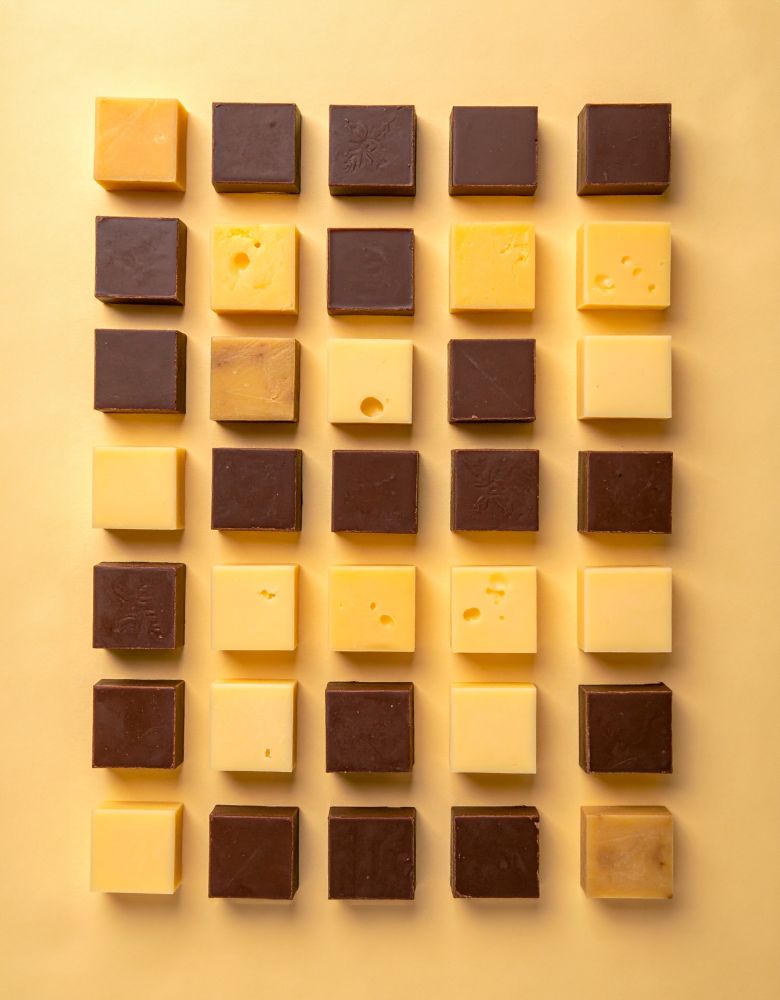
Our latest in @natrevneuro.nature.com
Link: rdcu.be/eMX3E
@jeffcolgren.bsky.social @msarscentre.bsky.social

Our latest in @natrevneuro.nature.com
Link: rdcu.be/eMX3E
@jeffcolgren.bsky.social @msarscentre.bsky.social
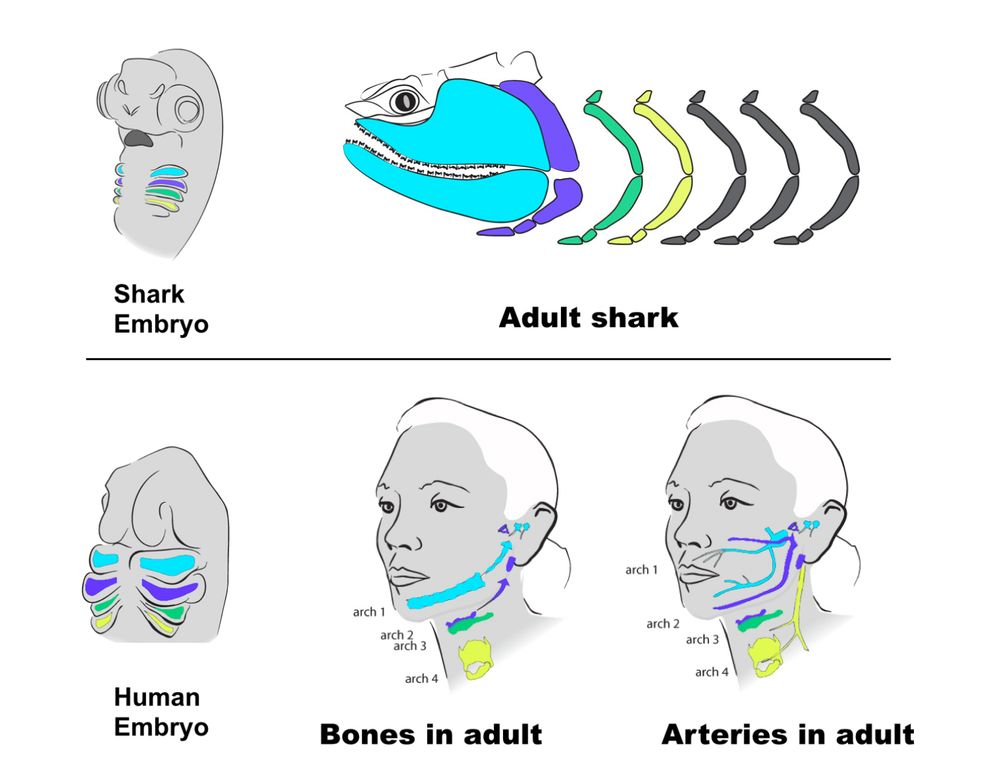
www.biorxiv.org/content/10.1...
www.biorxiv.org/content/10.1...
www.biorxiv.org/content/10.1...

www.biorxiv.org/content/10.1...

www.biorxiv.org/content/10.1...
www.biorxiv.org/cgi/content/...

www.biorxiv.org/cgi/content/...
Supporting files here!
morgridge.org/research/lab...
Supporting files here!
morgridge.org/research/lab...
🔗 doi.org/10.1101/2025...

🔗 doi.org/10.1101/2025...
brainwidenetworks.uni-goettingen.de/open-positio...
brainwidenetworks.uni-goettingen.de/open-positio...
We found a preference for visual objects in the mouse spatial navigation system where they dynamically refine head-direction coding. In short, objects boost our inner compass! 🧭
www.science.org/doi/10.1126/...
🧵1/

In Göttingen geht jetzt beides, mit dem "Bachelor Interdisziplinär", der Physik mit spannenden Disziplinen Eurer Wahl, wie z.B. Künstlicher Intelligenz, Philosophie, Neurowissenschaften, ... kombiniert.
www.uni-goettingen.de/de/studium/6...
In Göttingen geht jetzt beides, mit dem "Bachelor Interdisziplinär", der Physik mit spannenden Disziplinen Eurer Wahl, wie z.B. Künstlicher Intelligenz, Philosophie, Neurowissenschaften, ... kombiniert.
www.uni-goettingen.de/de/studium/6...
By @callimcflurry.bsky.social
www.thetransmitter.org/hearing/reme...
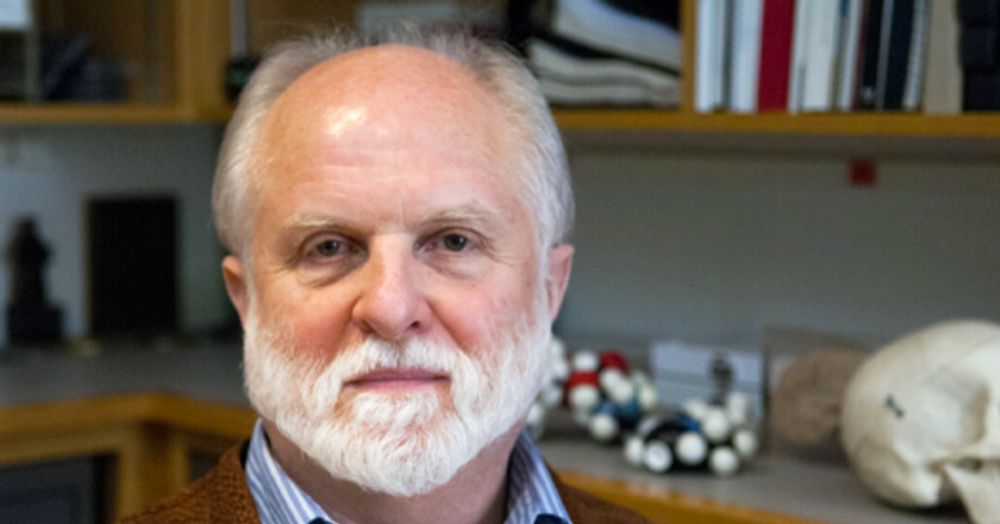
By @callimcflurry.bsky.social
www.thetransmitter.org/hearing/reme...
tol2kitkwan.genetics.utah.edu
Thank you for your patience!!
#zebrafish #transgenesis #plasmids #sharing
tol2kitkwan.genetics.utah.edu
Thank you for your patience!!
#zebrafish #transgenesis #plasmids #sharing

Explore interactive visualizations, datasets, code + paper: google-research.github.io/zapbench
🧠🧪
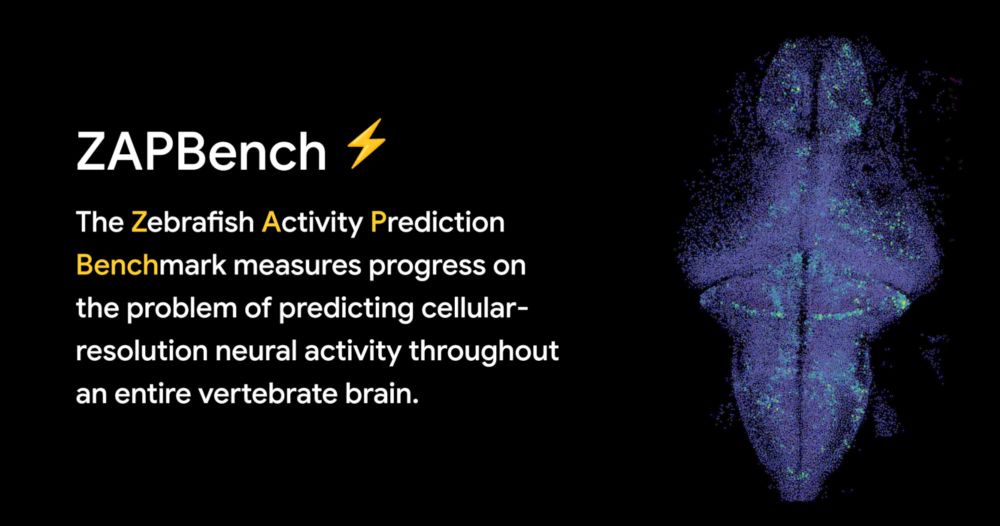
Explore interactive visualizations, datasets, code + paper: google-research.github.io/zapbench
🧠🧪
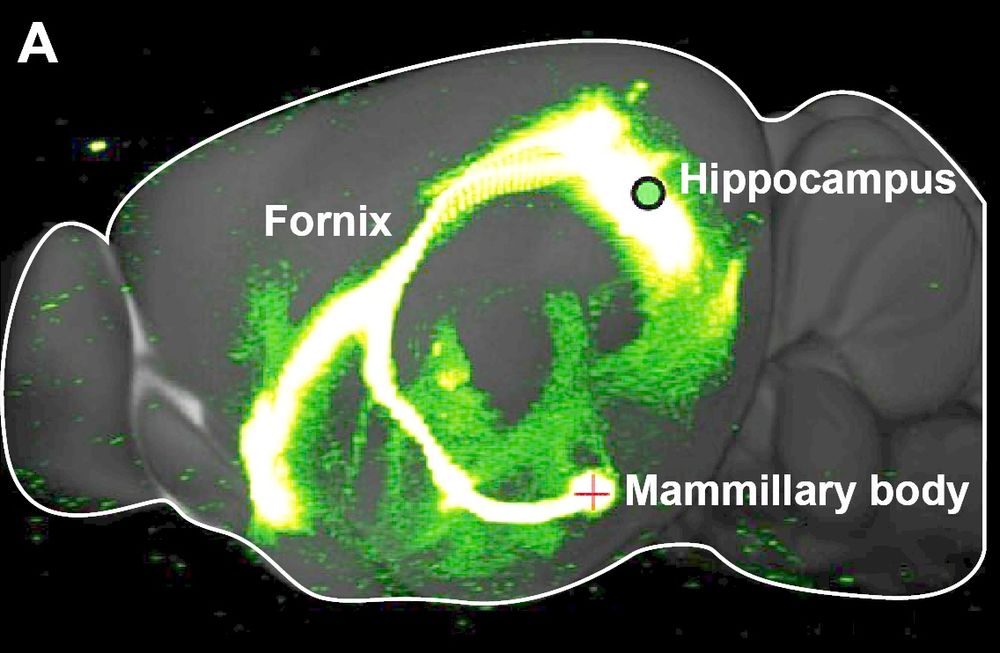
In mice, visual objects are encoded in the navigation syst, not much in the visual cx, certainly because they are used for orientation.
This new version now includes cool comp work from @dlevenstein.bsky.social using @kenmiller.bsky.social's SSNs.
www.biorxiv.org/content/10.1...

In mice, visual objects are encoded in the navigation syst, not much in the visual cx, certainly because they are used for orientation.
This new version now includes cool comp work from @dlevenstein.bsky.social using @kenmiller.bsky.social's SSNs.
www.biorxiv.org/content/10.1...

